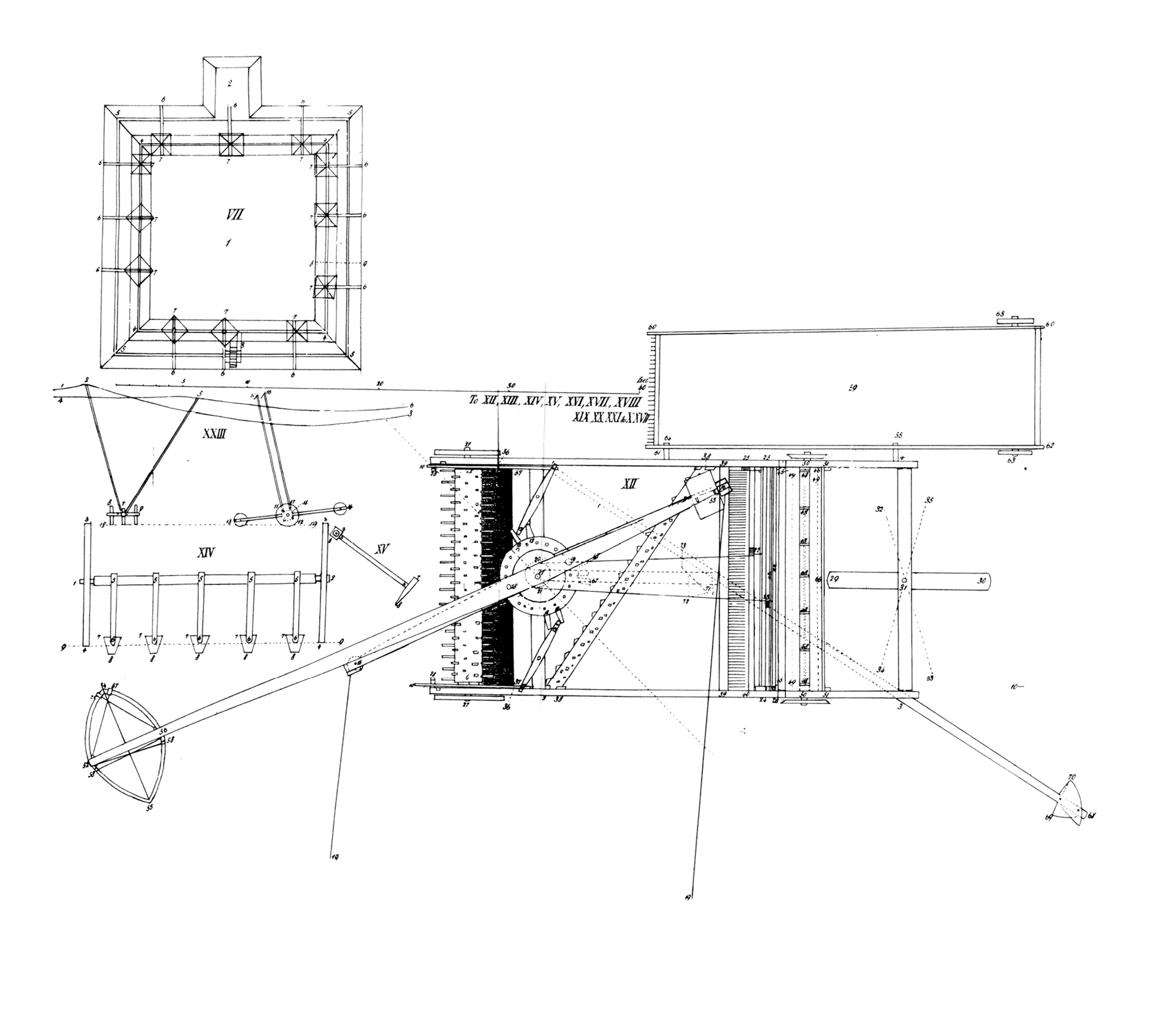A Counterfeit Utopia
The fate of John Adolphus Etzler’s tropical paradise
Robert Antoni

In 1831, the year Hegel died in Berlin, two of his disciples led a group of seventy or so destitute working-class pilgrims on a voyage to America, which Hegel had anointed the land of the future, the place where “the burden of World’s History shall reveal itself.”[1] The two men, young German engineers, planned to establish an experimental agrarian commune in Pennsylvania, where one of them, John Adolphus Etzler, had previously lived in the 1820s.[2] But before their ship docked in New York, the two leaders quarreled and the pilgrims split between them. Etzler and his band ended up in the area around Cincinnati, following in the footsteps of other German emigrants who had previously founded communes in the Midwest, notably George Rapp, a quasi-minister who after breaking with the Lutheran church in Germany had established a settlement in Indiana called New Harmony.[3] In an introduction to Etzler’s collected works, Joel Nydahl states: “Biographically speaking, [he] suddenly emerges from a blankness of years and just as abruptly withdraws behind an opaque obscurity that is both frustrating and puzzling.”[4] The only thing that is certain about Etzler during the next decade is that he was on the move, seeking converts to his ideas—and failing.
The other leader, John Augustus Roebling, we know more about. He settled with his followers on a farm outside Pittsburgh, where he later founded a village called Saxonburg. But his farm failed, and he soon converted it to a factory to mass-produce his newest innovation: an improved form of wire rope. In his hometown of Mühlhausen, Roebling had qualified to build bridges as a teenager; now, in Pittsburgh, he used wire rope to build his first suspension bridge. He patented the rope in 1842, and would eventually use it in what remains one of the most elegantly poetic, madman-monstrosities ever imagined: the Brooklyn Bridge.
Shortly after parting from his compatriot, Roebling would recall, “I still respect Etzler and have the greatest opinion of his mind and heart, only he has too stubborn a head, offends all the world, is not a businessman, not in the least, and he does not know how to ingratiate himself with people or how to behave toward them.”[5] Roebling was right. Before long, Etzler had lost his followers in Ohio. They were humble people, who sought only a small improvement over what they had escaped in Europe. And the Americans Etzler pontificated to had similarly modest ambitions.
But Etzler had, in addition to his socialist theories, other tricks up his sleeve. Just as Roebling dedicated his life’s work to the poetic simplicity of wire rope, Etzler had his machines. At least he had plans for them, and before long, working models. Although his machines became more and more complicated—more capable of extraordinary wonders, the larger his schemes grew—Etzler always insisted that anyone with a little engineering experience might have thought them up. They were much more important in principle than in fact. And it was this lack of practicality, an inability to make things that worked in the real world—Roebling’s f